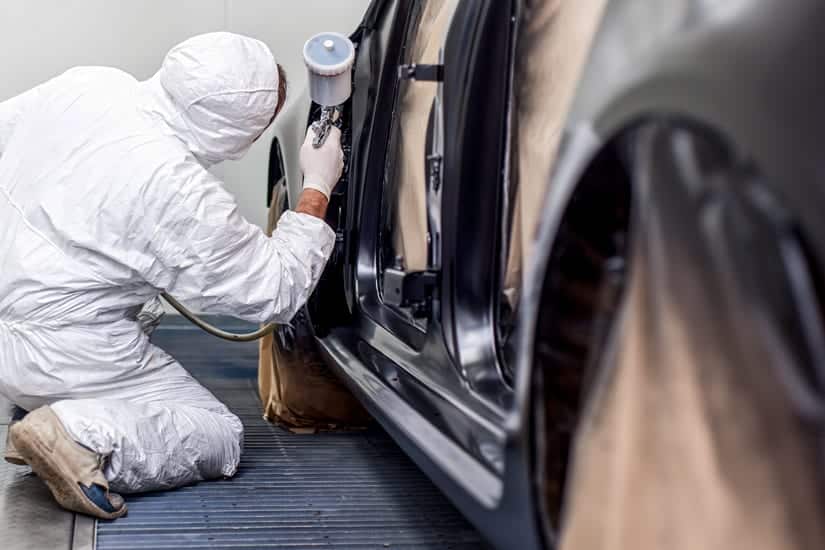What a recent deer accident reminded me about minimizing collision harm and navigating accident insurance claims.
By Seth R. Lindberg, attorney at Burnett & Williams P.C., Loudoun, Fairfax, and Northern Virginia
From time to time here at Burnett & Williams we find ourselves not only giving out advice about what to do if you are in a car accident, but actually being in a situation where we have to follow that advice ourselves. Recently, I did just that, when I found myself face-to-face with a deer as I was driving about 50-miles-per-hour down a two-lane road here in Loudoun County.

The unfortunate deer ran out onto the road from my left, and I saw it for only a fraction of a second before I hit it. I didn’t have enough time to swerve, which, however counterintuitively, may have actually been a lucky thing. Most experts agree that if you are about to hit a deer, it is safest not to swerve in an attempt to avoid the collision. This is because if you swerve to miss the deer, you could lose control of the vehicle and strike something else, or go off the road which could potentially be deadly. The Virginia Department of Transportation’s Bob Spieldener shares this advice, “We want to make sure that folks don’t over-correct and go into the other travel lane or off the road and hit a tree. So the safest thing to do is to hit the deer, unfortunately.”
In my vehicle-versus-deer accident, the left front end of my car struck the deer first, and then the animal spun around and collided with my left rear quarter panel. My car’s front quarter panel, left passenger door, rear quarter panel, and rear bumper were all damaged. The airbags did not deploy and I was unharmed, though sadly the deer fared far worse. Fortunately I did not hit anything besides the deer, and after the collision I was able to safely move my car to the shoulder of the road.
Car Insurance Claim
My collision with the deer was covered under my comprehensive physical damage coverage with Geico. Commonly shortened to ‘Comprehensive Coverage’, this type of coverage normally pays for damage to the car from theft, vandalism, flood, fire or other covered perils. Interestingly, if I had swerved away from the deer and then struck a tree, my ‘Collision Coverage’ rather than my Comprehensive Coverage would have likely covered the damage to my car. When Collision Coverage is used in the aftermath of an accident, it usually causes your insurance rates to increase. Fortunately for me, because Comprehensive Coverage paid for the damage caused by my run-in with the deer, my insurance rates will not increase.

In the end, it took my local body shop two weeks to complete all of the work required to repair my damaged car. Half of my car had to be repainted and several body panels needed to be either replaced or repaired. The total cost of the bodywork was about $4,500. I was responsible for paying my deductible and then Geico paid the remainder of the body shop’s bill.
The state of Virginia ranks 12th nationally for automobile collisions with deer, with a reported 60,000 car accidents involving deer each year. The hazard isn’t isolated to rural counties, either. In 2017, there were 145 vehicular deer strikes in Loudoun County alone, by far one of the highest deer-vehicle collision rates for counties in Northern Virginia. We hope that it never happens to you, but if you do ever hit a deer, the first thing to do, if you are able, is move your car to the shoulder of the road. Once you are safely on the side of the road, call 9-1-1 and follow the dispatcher’s instructions while you wait for help to arrive. In most cases, unless your car is on fire or submerged in water, it’s best to stay in your vehicle until emergency responders arrive.
We hope you never need any of these tips or information, but as my experience shows, you never know when you’ll find yourself in need of car-accident help and advice!